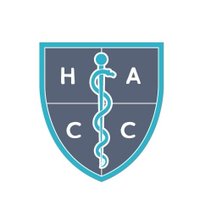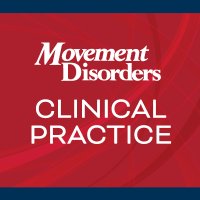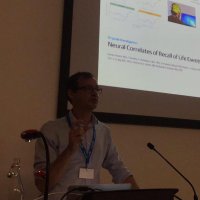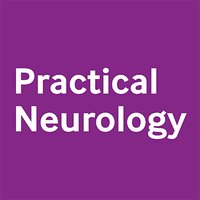
Coebergh
@coeberghjan
Proud dual Nationality NHS Neurologist. Dad, environmentalist. The Economist for bedtime reading
ID: 4452177861
11-12-2015 21:01:43
274 Tweet
293 Followers
257 Following

Loss and Return of Ticklishness in Functional Neurological Disorder (wiley.com). A patient several years told me she lost ticklishness on the side of her functional weakness. 1/n Movement Disorders Clinical Practice Glenn Nielsen Francesca Morgante Will Nash


Movement Disorders Clinical Practice Glenn Nielsen Francesca Morgante Will Nash Another one told me it returned when better so we explored the symptom, which turned out to be not uncommon in FND. In 38 patients it was localised or generalised. There was a inconsistent relationship with sensory symptoms and frequent descriptions of loss of body ownership 2/n

Watch this video to learn more on why e are supporting Plants First Healthcare Campaign, calling for hospitals to take action for human and planetary health by adopting a ‘plant-based by default’ approach. Plant Based Health Professionals UK youtube.com/watch?v=KTxWPk…




And Stoyan Popkirov noticed that staring at your hand for 30 seconds could reproduce sensory symptoms in people with FND in a way that could be therapeutically useful, if too common to be diagnostically useful 3/ bsky.app/profile/popkir… pn.bmj.com/content/early/…


New Physio4FMD output sciencedirect.com/science/articl… In this planned post hoc analysis, we looked for baseline predictors of 12-month outcome Louise Marston Jon Stone Alan Carson














